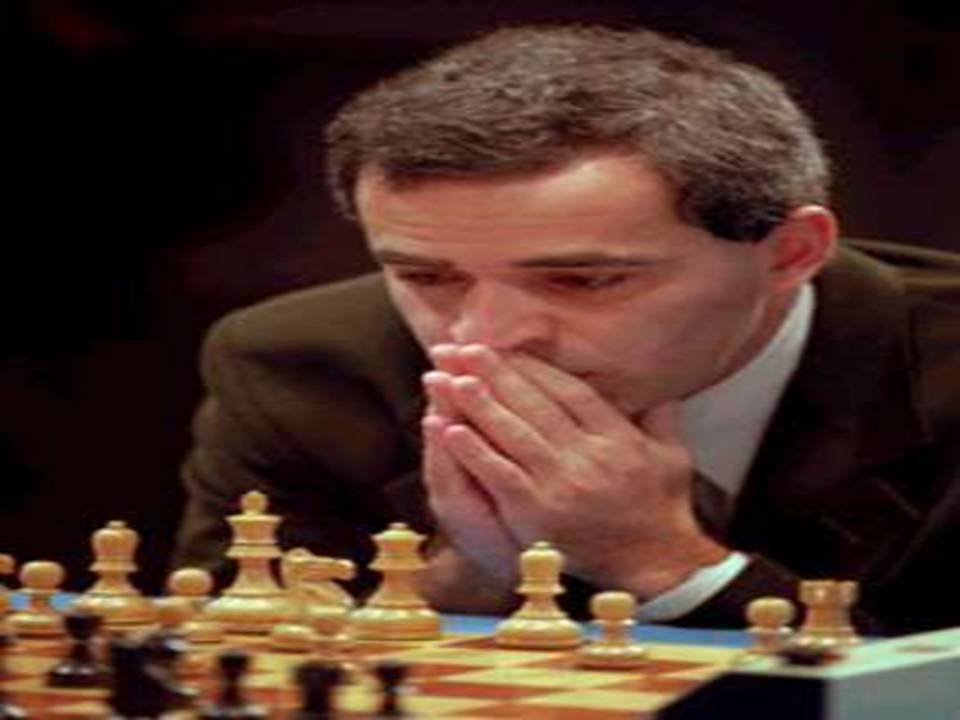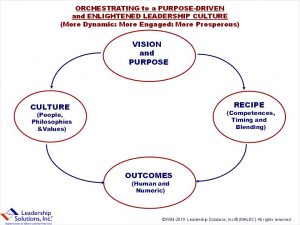by Peter A. Arthur-Smith, Leadership Solutions, Inc.®
‘Mr. Schultz’s intuition has been cited in business schools as the reason Starbucks successfully entered new markets that experts said would be impenetrable. Likewise, Bill Belichick, the New England Patriots’ head coach, has said he always prefers to “evaluate what I see” over analytics…(both individuals) would be out of luck without scouting reports, statistics, growth forecasts and market data. But neither of them are waiting for a bean counter’s green light to act. Why? For starters, data can be manipulated, hard to interpret or impossible to apply.’ Wall Street Journal – ‘Feel the Force: Gut Instinct, Not Data, is the Thing.’ John D. Stoll- October 2019

As we enter into a hopefully exciting new decade, this writer left a question on the table for two known leadership wise owls. The question was, ‘We seem to be fascinated with all sorts of fundamental technological, sporting and societal innovations and encourage them in every way. However, it seems as though we have relatively little interest in fundamental leadership or management innovation that will help keep pace with all those day-to-day changes that are occurring around us. Why is that?’
The two wise owls, because they engage in podcast discussions with a wide-range of top-line leader-manager guests, are Jan Rutherford at Self-Reliant Leadership and Jim Vaselopulos at Rafti Advisers: both lead their weekly inter-
views at www.theleadershippodcast.com By January 1st, they expect to have recorded a conversation with the most recent former Chairman of the Joint Chiefs of Staff, Admiral Mike Mullin. Tune into their website and listen to one of their interesting guest conversations. They or many of their listeners will likely contribute to the above question posed, too.
Upcoming workplace generations crave for a better deal – talk with many Millennials (Gen Ys) or Gen Zs. They hunger for more visionary leaders; they’re eager to be treated more fairly and equitably; they wish their contributions to be more readily acknowledged; they hanker for more all-around camaraderie in their workplace; they desire to be empowered much more; and they mostly wish to become masters in their own fields. The combination of these desires falls under acronym PEACAM – Purpose, Equality, Achievement, Camaraderie, Autonomy and Mastery,
Instead, what they’ve had for a very long time is exposure to highly stressful, competitive situations; regular incentives, too often seeming like inducements; a constant diet of goals, often without clear purpose; the shadow of job loss hanging over their heads, if not compliant; the regular blow-torch of accountability; and the constant drumbeat of nit-picking measurement. This combination falls under the acronym CIGFAM – Competition, Incentives, Goals, Fear, Accountability and Measurement. They have their place, although are often overdone to their enterprsies detriment.
PEACAM vs. CIGFAM is just one leadership innovation. There are many others under the enlightened leadership banner. It doesn’t require the world to be turned upside down to operate with PEACAM, even though it will likely gain much more attention from Millennials. It’s not rocket science, although it does require commitment and will to overcome the numerous forces of inertia to change. Why are executives and organizations not interested in moving away from our 100 year plus infatuation with management and, instead, become way more focused on genuine leadership?
Has it got something to do with the decisions we prefer to make? Leading up to the holidays and over the holiday period, this writer came across three fascinating newspaper articles:
» In November there was a New York Times Business section article entitled: ‘Can a Company Be Virtuous and Profitable?’ It largelyfocused on journalist meetings with Mark Schneider, the German CEO of Swiss giant Nestlé, and his decision challenges to balance the two.
» In late December there was a Wall Street Journal Review article entitled: For the New Year, say No to Negativity. Its authors focus on the much greater credence we give to the ‘negativity effect’ or ‘negativity bias.’ They point out our strong decision inclination to dwell on negative factors rather than positive ones. How often do we use negative levers to motivate people rather than positive ones?
» In the same WSJ Review edition there was a book review on the title Virtue Politics by Harvard professor James Hankins. He viewed the Italian philosopher Petrarch – Francesco Peteraca – as a noble leader interested in humankind, compared with Machiavelli, who he saw more as a Prince; more interested in leading people into battle and conquest, no matter the cost. Which way do we go when choosing our leaders; noblemen or despots?
When you come to think about it, these three factors are at the heart of many key decisions executives make; including whether they choose to pursue PEACAM or CIGFAM. Even so, they are just the tip of the iceberg. There are many other examples of key choices which can make a big difference over time: like effectiveness over efficiency. Effect-iveness thinkingtakes a longer term view, is more innovative, more quality conscious, more insightful, more incisive, more profound, and often more economical over time. Whereas efficiency thinking is more about the here-and-now, uses the same old treadmill, is often quality-short, it nickel and dimes, it doesn’t require a lot of thought, and often lives with superficial solutions: all in the name of putting a few more $s in ones pocket, now.
We often get hung up on problems, without appreciating that every problem creates an opportunity. We don’t always note that opportunities excite and motivate people to invest their valuable time; whereas problems hold people back, and often demotivate and frustrate them.
There’s a lot of leadership innovation waiting to be utilized within organizations that wish to complement all those current technological, sporting and societal innovations. You can find out that much more when this author’s book Radical Leadership Breakthrough: the Five Phases of Enlightened Leadership is published and becomes available. It’s about time we had more Leadership innovation to complement our many other advances, otherwise we’ll sell our new ideas, organizations and societies somewhat short.
To learn more about envisioning and decision clarity, talk with:

